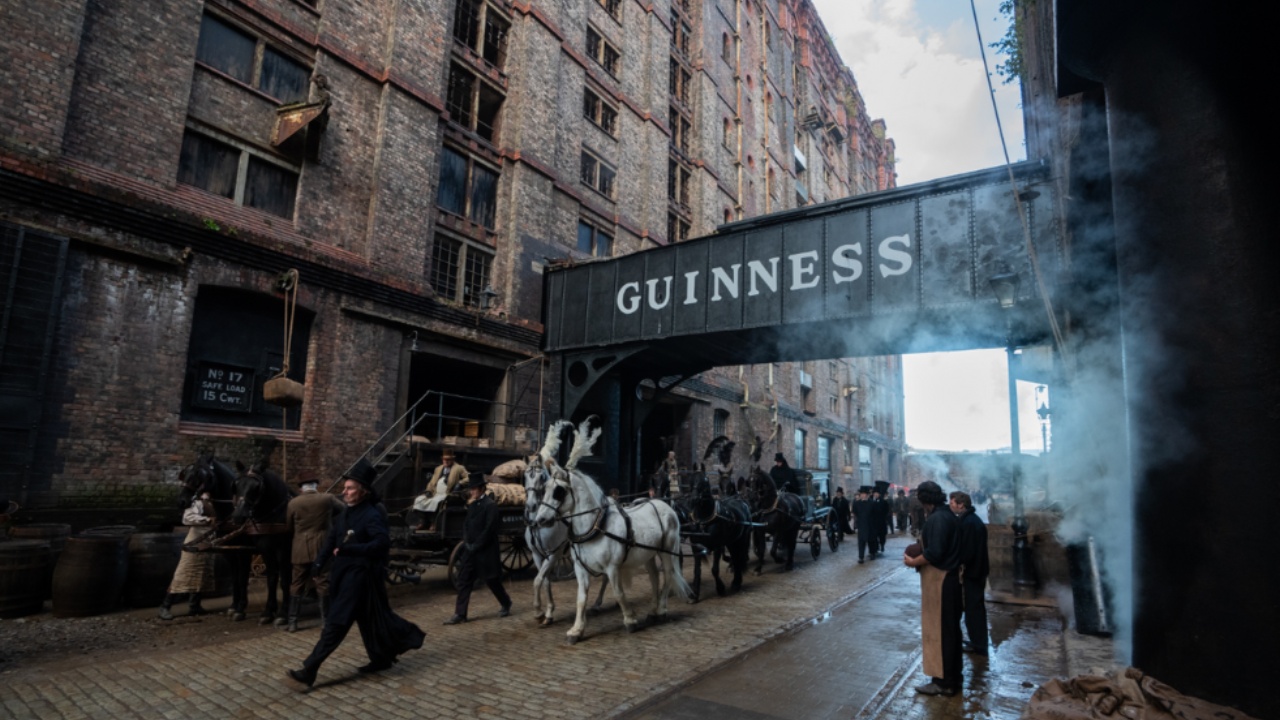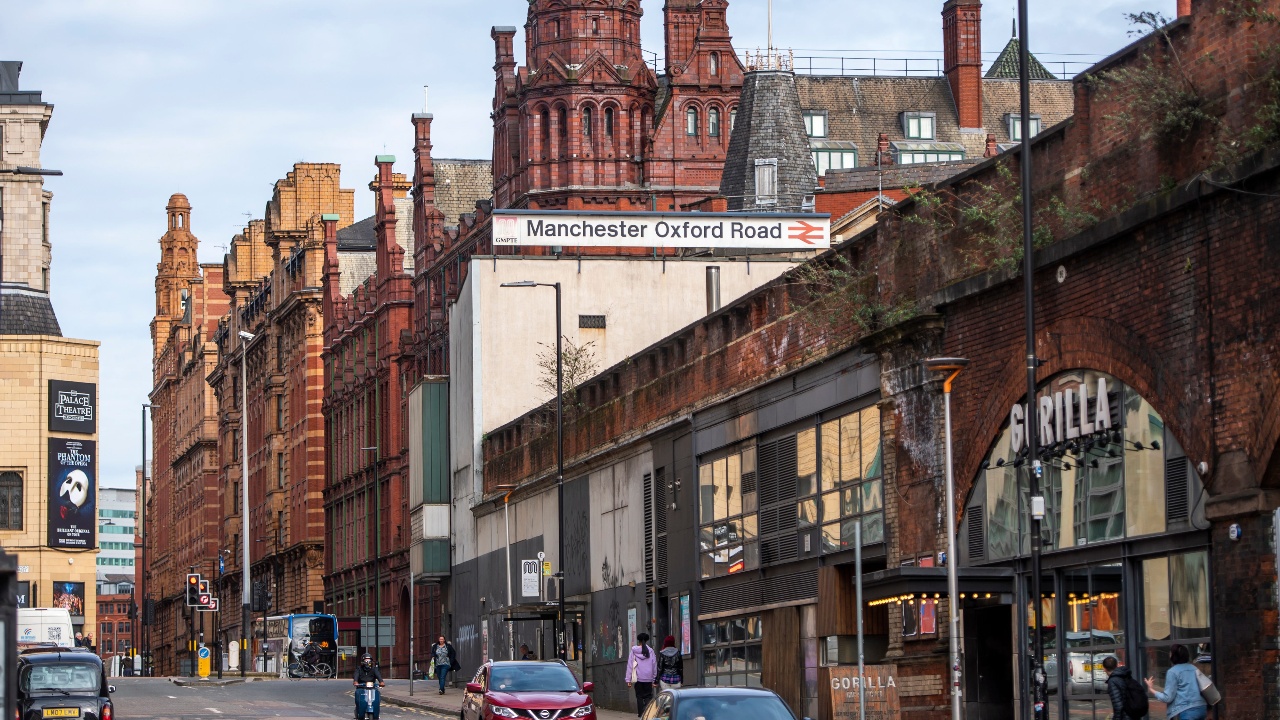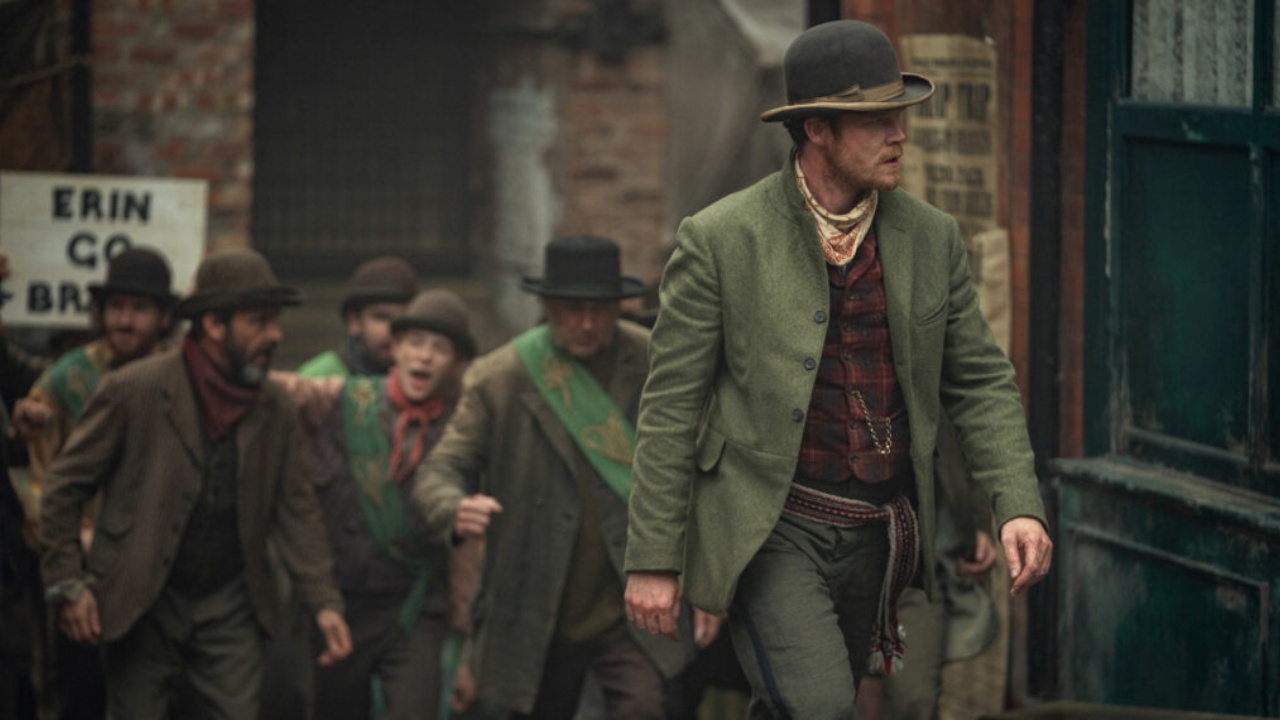While House of Guinness immerses viewers in 1860s Dublin and New York, the production embarked on an ambitious journey across the United Kingdom to find locations that could authentically double for a bygone era. Remarkably, not a single scene was actually shot in Ireland or America. Instead, the show’s creator, Steven Knight, applied the same philosophy he used for Peaky Blinders, seeking out places that felt more historically accurate than the modern-day real locations. The result is a rich tapestry of English and Welsh landscapes that bring the Guinness family saga to life.
The decision to film entirely in the UK was a deliberate and practical one. Executive producer Karen Wilson explained that despite carrying the responsibility of telling a deeply Irish story, the team quickly realized that very little of modern Dublin remains as it was in 1868. After scouting the length and breadth of Ireland and the UK, the production found its perfect doubles in the stately homes and period-appropriate streets of North West England.
You Might Like: James Van Der Beek’s 6 Kids
Steven Knight noted that this approach gave them the freedom to choose the best possible spots, whether it was a street corner in Liverpool or a castle in Wales, rather than being limited to a single geographic area. This strategy allowed the production designers to build a version of 19th-century Dublin that is authentic in spirit, even if it’s a geographic fiction.
The Industrial Heart: Liverpool as 1860s Dublin
Liverpool served as the primary stand-in for Dublin in House of Guinness, with its phenomenal Georgian architecture and grand houses providing the perfect backdrop. The city’s Stanley Dock, a vast 19th-century trading complex, became the heart of the operation: the iconic Guinness brewery. Production designer Richard Bullock described it as the only place that could come close to replicating the scale of the original St. James’s Gate Brewery.
The production took over a derelict tobacco warehouse for three months before filming, creating a “huge, living, breathing machine” complete with stables, a cooperage, and factory floors. For the exterior of the Guinness family’s Dublin mansion, Iveagh House, the production turned to the majestic Croxteth Hall, a Grade II listed country estate in Liverpool. The hall also provided the setting for other key locations like Jude’s Tavern and the probate office.

Other Liverpool landmarks played crucial roles in House of Guinness. The stunning neoclassical St. George’s Hall was used for the large Fenian protest scenes set in Dublin’s College Green. For a moment of clandestine romance, the production utilized the beautiful Sefton Park Palm House, a Victorian glasshouse that doubled as the city’s botanic gardens. Even a simple pub scene, where Benjamin Guinness drowns his sorrows at The Flowing Tide, was filmed at a real Liverpool establishment called The Vines, a location the crew found so fabulous they joked about its expense. These locations collectively allowed Liverpool to embody the bustling, gritty, and occasionally grand atmosphere of 1860s Dublin.
Castles, Studios, and New York Streets: The Wider World of the Series
For the interiors of Iveagh House, including its opulent ballroom, the production for House of Guinness moved to Space Studios in Manchester. This massive production hub, previously used for Peaky Blinders, allowed for the construction of lavish sets that would be impossible to film in the real Iveagh House, which today serves as the headquarters of Ireland’s Department of Foreign Affairs. Manchester also provided a surprising double for New York. The city’s Northern Quarter, with its distinctive architecture, was transformed into post-Civil War NYC for chase scenes involving Jack Gleeson’s character, Byron Hughes. Scenes were shot on streets like Dale Street and Back Piccadilly, continuing a tradition of Manchester standing in for the Big Apple.
Also See: Who Is Rajvir Jawanda’s Wife?
The story also required grand country estates, which were found further afield. The Guinness family’s Ashford Castle is portrayed by Penrhyn Castle in North Wales, a neo-Norman fantasy built in the 19th century that is now a National Trust property. Meanwhile, Arthur Guinness’s country retreat, St. Anne’s House, was filmed at Broughton Hall, a Georgian country house set within 3,000 acres of landscaped grounds in Yorkshire. The production also utilized locations like Tatton Park in Cheshire and the National Waterways Museum in Ellesmere Port, showcasing the diverse architectural heritage of England and Wales to piece together the sprawling world of the Guinness dynasty.

So, while House of Guinness tells a quintessentially Irish story, its visual magic was cooked up from a unique blend of English and Welsh locations. From the industrial docks of Liverpool to the fantasy castles of Wales, the series is a testament to the art of cinematic transformation, proving that sometimes, to tell a story truthfully, you need to build it in the most unexpectedly perfect places.








